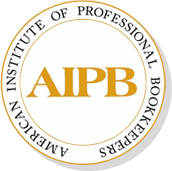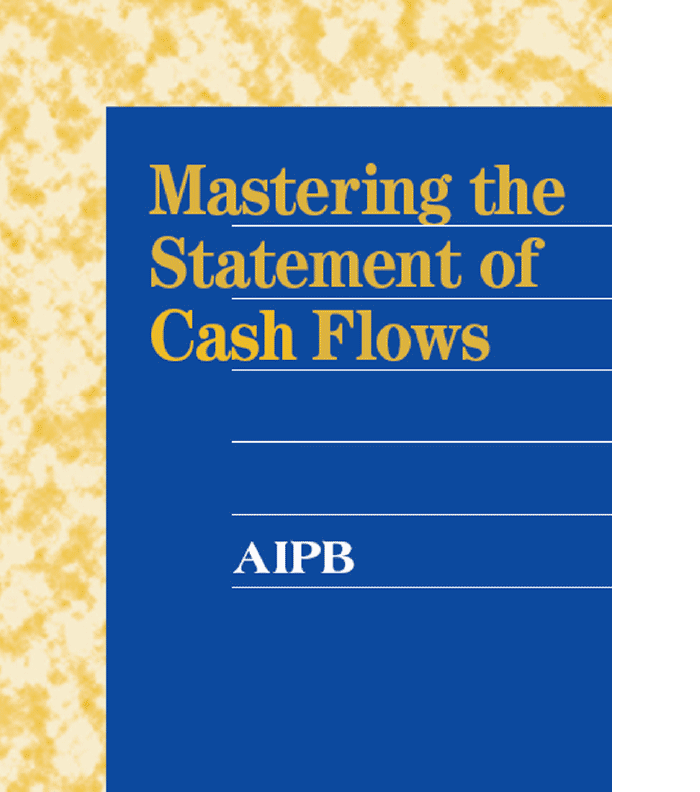366 pages [225 self-teaching + 141 self-quizzes with detailed answers]
Section 1: Introduction. Sources and uses of cash: 3 kinds of activities.
Sections 2-4: Cash provided by operating activities (CPO), the direct method.
Part I: Computing cash inflows using changes in A/R and Allowance for Doubtful Accounts. Computing cash outflows using changes in Prepaid Expenses, Depreciation, Amortization, A/P and either Purchases (periodic method) or Inventory and COGS (perpetual method).
Part II: Using changes in Interest Payable, Discount on Notes Payable, Income Tax Payable and related accounts.
Part III: Using changes in Unearned Revenue, Dividends and Interest Receivable, Amortization of Notes Receivable.
Section 5: CPO case study, the direct method. Brings together everything you learned in Sections 2–4.
Section 6: Computing CPO, the indirect method. Computing inflows/outflows from changes in Depreciation, A/R, A/P, Inventory, Unearned Revenue, Interest Payable and other accounts.
Section 7: CPO case study, the indirect method. Brings together and applies what you learned in Section 6.
Section 8: Cash from investing activities. Inflows from disposal of PP&E, intangible assets, securities, loan collection. Outflows for investing in PPE, intangible assets, securities, making loans.
Section 9: Cash from financing activities. Inflows from issuing stock, creditor notes, mortgages, bonds, receipt of principal on loans. Outflows for dividends, treasury stock purchases, payment of loan principal.
Sections 10-11: Preparing a statement of cash flows.
Part I. Asset accounts.
Part II. Liability, stockholders’ equity accounts.
Section 12: Special and supplementary items. Inflows and outflows related to the purchase/sale of securities or treasury stock, foreign currency transactions, acquisitions and lawsuits. Which items are disclosed only as supplemental information.
Section 13: Special items for large corporations. Sale of a business, equity in an affiliate’s income, issuing bonds, amortization of a bond discount or premium, early extinguishment of debt.
Section 14: Comprehensive case study. Everything you learned applied to a complete statement of cash flows.
Publisher: AIPB


LINDA –
Very good and fascinating read.
Upvote if this was helpful (0) Downvote if this was not helpful (0) Flag for removal
CAROL –
Statement of Cash Flows was always a stumbling block for me. This course helped me master that stumbling block. Thanks
Upvote if this was helpful (0) Downvote if this was not helpful (0) Flag for removal
DONNA –
I purchased the book as a reference book. Did not intend to use it as a course.
Upvote if this was helpful (0) Downvote if this was not helpful (0) Flag for removal
CLAIRE –
Helpful
Upvote if this was helpful (0) Downvote if this was not helpful (0) Flag for removal
MYLES –
Book is well written with detail explanations and examples. Easy to follow for a comples subject.
Upvote if this was helpful (0) Downvote if this was not helpful (0) Flag for removal
W –
Slimmed only
Upvote if this was helpful (0) Downvote if this was not helpful (0) Flag for removal
PATTIE –
i found this book very interesting and challenging. excellent.
Upvote if this was helpful (0) Downvote if this was not helpful (0) Flag for removal
REBECCA –
I always appreciate AIPB courses. They are always relevant and up-to-date.
Upvote if this was helpful (0) Downvote if this was not helpful (0) Flag for removal
RONALD –
Workbook form that I found to be the most difficult and confusing of all the courses I took. It need to be looked at and put into a more understandable format. I have an accounting backgrou, am a tax preparer and taking the final EA exam and believe me I put the book on the shelf before I got to the third chapter
Upvote if this was helpful (0) Downvote if this was not helpful (0) Flag for removal
KAREN –
Very educational and challenging. Really enjoyed.
Upvote if this was helpful (0) Downvote if this was not helpful (0) Flag for removal
SALLY –
The statement of Cash Flows is giving examples. Therefore, it is easily to understand the materials.
Upvote if this was helpful (0) Downvote if this was not helpful (0) Flag for removal
ANTHONY –
Excellent course. Very good reference.
Upvote if this was helpful (0) Downvote if this was not helpful (0) Flag for removal
HONEY –
Excellent
Upvote if this was helpful (0) Downvote if this was not helpful (0) Flag for removal
JEMIL –
Above expectation
Upvote if this was helpful (0) Downvote if this was not helpful (0) Flag for removal
HERBERT –
GOOD
Upvote if this was helpful (0) Downvote if this was not helpful (0) Flag for removal
REGINA –
The study book was very informative and educational.
Upvote if this was helpful (0) Downvote if this was not helpful (0) Flag for removal
W –
Excellent
Upvote if this was helpful (0) Downvote if this was not helpful (0) Flag for removal